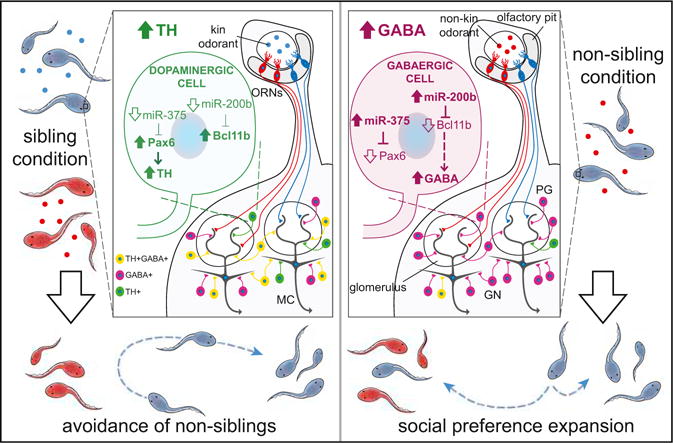Figure 8. Model of the Mechanisms Involved in Neurotransmitter Respecification Affecting Social Preference.

Kinship raising conditions provide olfactory cues that determine behavioral attraction or aversion toward siblings and non-siblings. These cues can also affect social preference. Sustained kin (sibling condition, left) or non-kin (non-sibling condition, right) odorant exposure for 48 hr during development drives activity-dependent DA/GABA switching in neurons of the developing AOB. Signaling is regulated by miRs acting on Pax6 and Bcl11b transcripts to control DA and GABA expression that determines social preference.
